Cultural figures of Shusha

Panahali khan (1693-1763)
The founder of the Karabakh khanate, Panahali Khan Javanshir was a descendant of the famous Javanshir dynasty of Karabakh. He was born in 1693.
He became famous as a prominent commander and statesman. During his reign, Shahbulag Castle and Askeran Fortress were built, where large-scale construction and building works were carried out.
However, the most important of his work was the city-fortress, which he started to build in 1752, and which was first named Panahabad and later called Shusha.
... Read more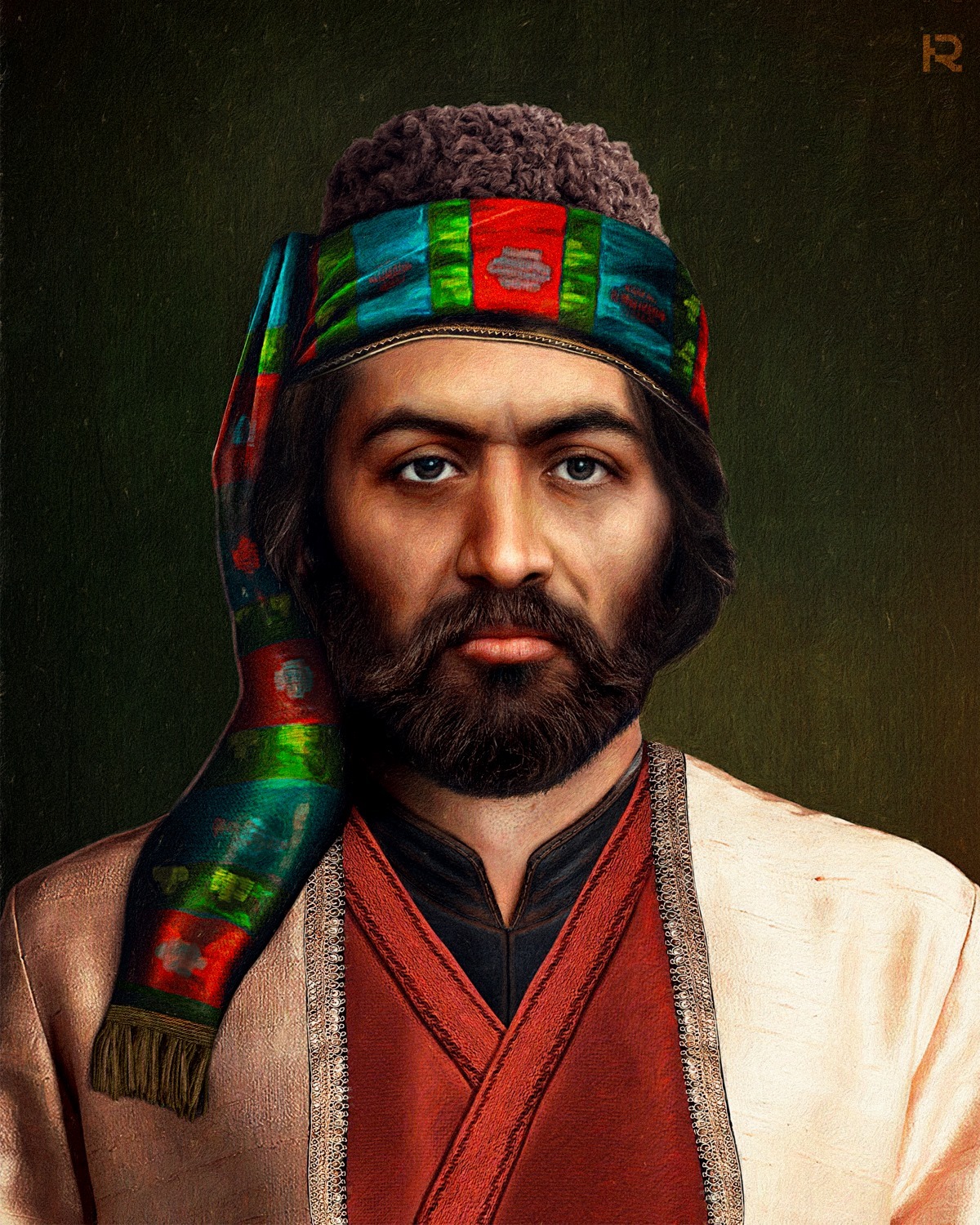
Molla Panah Vagif (1717-1797)
Vagif was born in 1717 in the village of Salahli near Gazakh. In 1759 his family had to move to the Karabakh khanate.
Panah was well educated. He was fluent in Persian and Arabic and had extensive knowledge of astronomy, mathematics, music and poetry. Shortly after arriving in Karabakh, Vagif moved from Tartarbasar to Shusha and opened a school there.
Vagif's works, such as "Badi-saba, tell me something", "If you go to the prayer tomorrow's song", "It's a holiday", "Your eyes are the executioner, the oil of your eyes", ...
Read more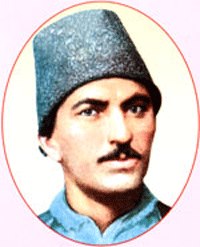
Gasim bay Zakir (1784-1857)
Gasim bay Zakir was born in 1784 in the city of Shusha. He is a descendant of the famous ruling Javanshirs dynasty of Karabakh. The most ruthless critics in Zakir's satire are those who violate the rights of the weak and powerless.
He wrote on various topics: "Prince and Person", "Prince, lover and young lover", "Cooking of the lover", "About the lover and the lover", "Zovci-ahar", "Tarlan and the messenger", "The man who lost his camel". There are verse stories such as "The Girl with the Dervish",...
Read more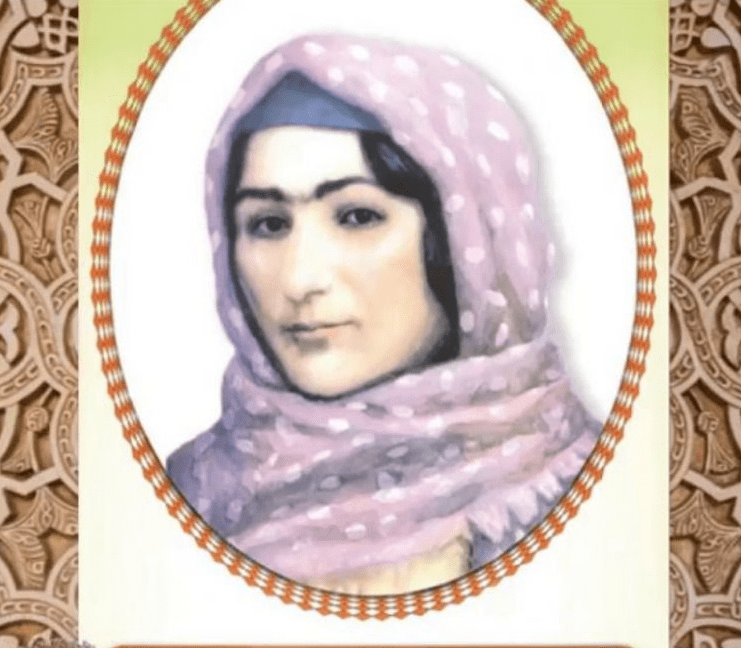
Khurshidbanu Natavan (1832-1897)
Natavan was born on August 15, 1832 in Shusha. Mehdigulu khan named his daughter after his mother Khurshidbanu. As Khurshidbanu was the only child of the family and the last heir of the Karabakh khanates, she was called "Durru yekta" (Single pearl) in the palace, and "Khan gizi" among the people.
In the 19th century, as a rule, children of aristocratic families were taught Arabic and Persian along with their native language, so the Khan's daughter also learned these languages and mastered the rules of classical poetry through them. Rare books and valuable m...
Read more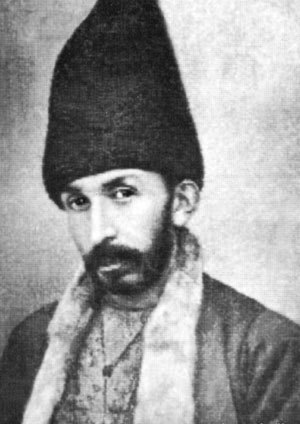
Mir Mohsun Navvab (1833-1918)
Mir Mohsun Navvab was born in Shusha in 1833 in the family of Haji Seyid Ahmad and never left his hometown.
Mir Mohsun Navvab's famous musical treatise Vuzuhul-Arqam was first published in 1913 in Baku.
Navvab uses the term dastgah for the first time, mentioning the six dastgah known in Karabakh at that time: Rast, Mahur, Shahnaz, Rahavi, or Rahab, Chahargah and Nava. In this work, the scientist mentions 82 songs and mugams performed by Karabakh musicians.
He was also a great artist.
When Navvab died in Shusha in 1918, he was already well known in...
Read more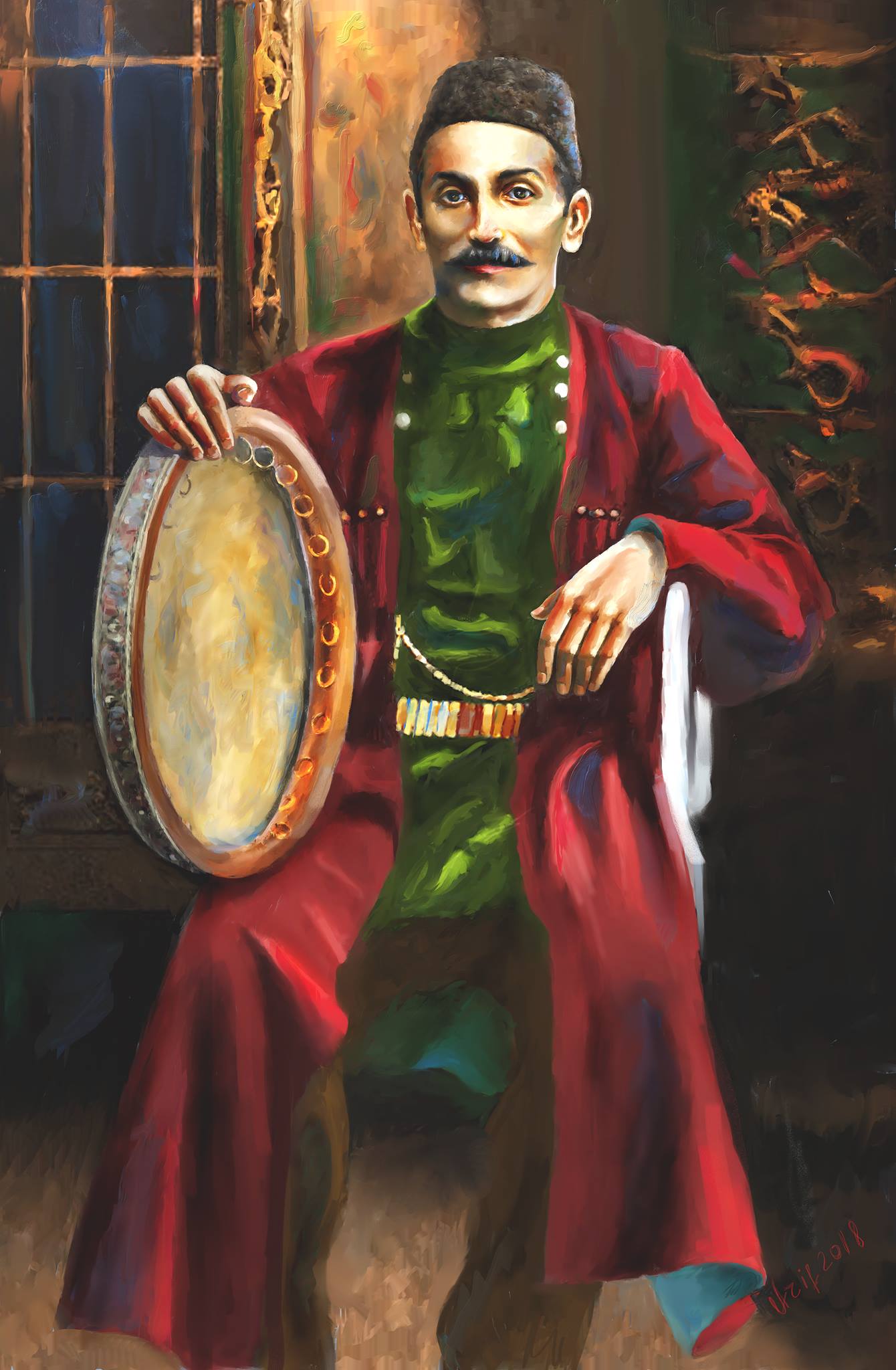
Jabbar Qaryagdioglu (1861-1944)
Jabbar Qaryagdioglu was born in 1861 in Seyidli neighborhood of Shusha. As a child, Jabbar, who used to graze lambs with the children of the neighborhood in "Gayabashi", "Kirkhpillakende", "Aghzyasti kahada", would hum for hours sitting on "Dalikdash".
Jabbar Qaryagdioglu was a singer, composer, musician and People's Artist of Azerbaijan in 1935. Azerbaijan was one of the most prominent representatives of the art of singing. Jabbar Qaryagdioglu's voice was a strong dramatic-tenor type.
With this strong and majestic voice, h...
Read more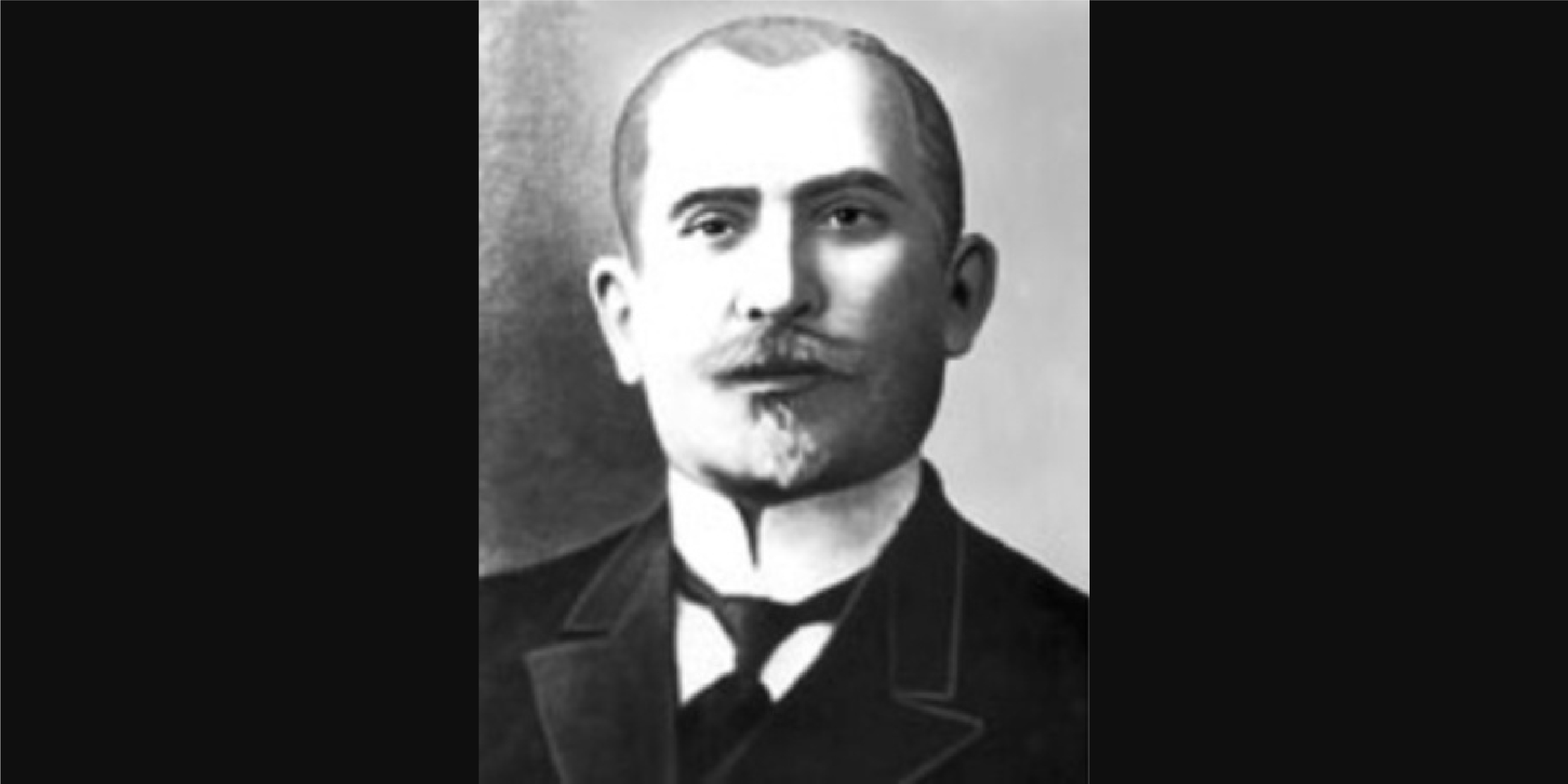
Firudin bay Kocharli (1863-1920)
Firudin bay Kocharli was born on January 26, 1863 in Shusha and known as "Azerbaijani scientist, critic and pedagogue" in the history of Azerbaijani literary criticism and pedagogical thought. In 1884, while studying at the Gori Teachers' Seminary, he wrote “The Teaching of Socrates”.
In 1886 he staged his first theatrical performance.
In 1890, he staged the comedy "Monsieur Jordan and the dervish Mastali Shah" in Yerevan. He also translated works of M.F.Akhundov, Jalil Mammadguluzadeh and other local and foreign writers into foreign l...
Read more
Ahmad Agaoglu (1869-1939)
Ahmad Agaoglu is one of the prominent figures in the history of literary, cultural and socio-political thought not only of the Azerbaijani people, but also of the entire Turkic-Islamic world.
While studying at the Sorbonne, Ahmad Bey wrote reviews of two books on the Middle East, as well as articles for the Russian-language Kavkaz newspaper in Tbilisi. Returning after studying in France, Ahmad Agaoglu opened the first library and reading room in Shusha in 1896.
In 1897, he came to Baku at the invitation of Haci Zeynalabdin Tagiyev, wrote articles for the "Kasp...
Read more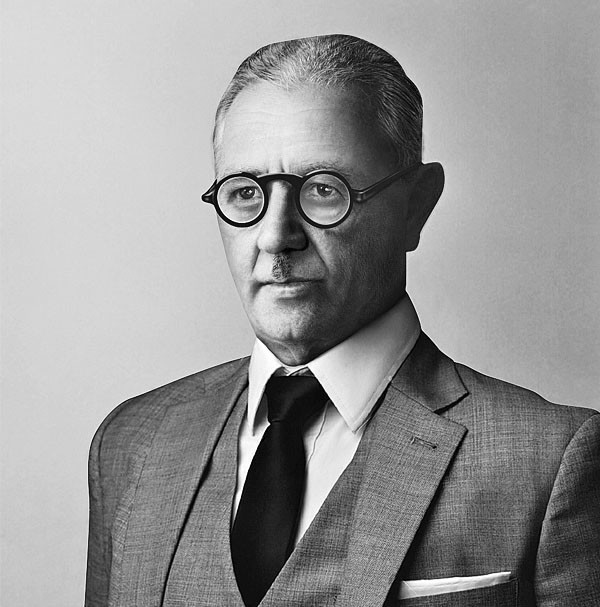
Uzeyir Hajibeyov (1885-1948)
Uzeyir bey Abdulhuseyn oglu Hajibeyov — world-famous composer, prominent musicologist, scientist, publicist, playwright, pedagogue and public figure, founder of modern Azerbaijani professional music and national opera, Honored Art Worker of Azerbaijan (1935), People's Artist of the USSR (1938). He was an academician of the Academy of Science (1945), professor (1940), chairman of the Union of Composers of Azerbaijan (1938-1948), rector of the Azerbaijan State Conservatory (1928-1929, 1939-1948), director of the Institute of Arts of the Azerbaijan Academy of Sciences (1945-1948). Read more

Yusif Vazir Chamanzaminli (1887-1943)
Yusif Vazir Chamanzaminli, one of the brightest representatives of the history of socio-political thought in Azerbaijan in the 20th century, was born on September 12, 1887 in Shusha.
He received his primary education in Shusha at the school of Mullah Mahdi, known as "Snow Khalifa".
Yusif Vazir, who was forced to leave school as a result of the Armenian-Azerbaijani clashes, headed to Baku to continue his education. After graduating from the Baku Real School in 1910, the young writer entered the law faculty of the Imperial University named after St. Vladimir in Kiev...
Read more